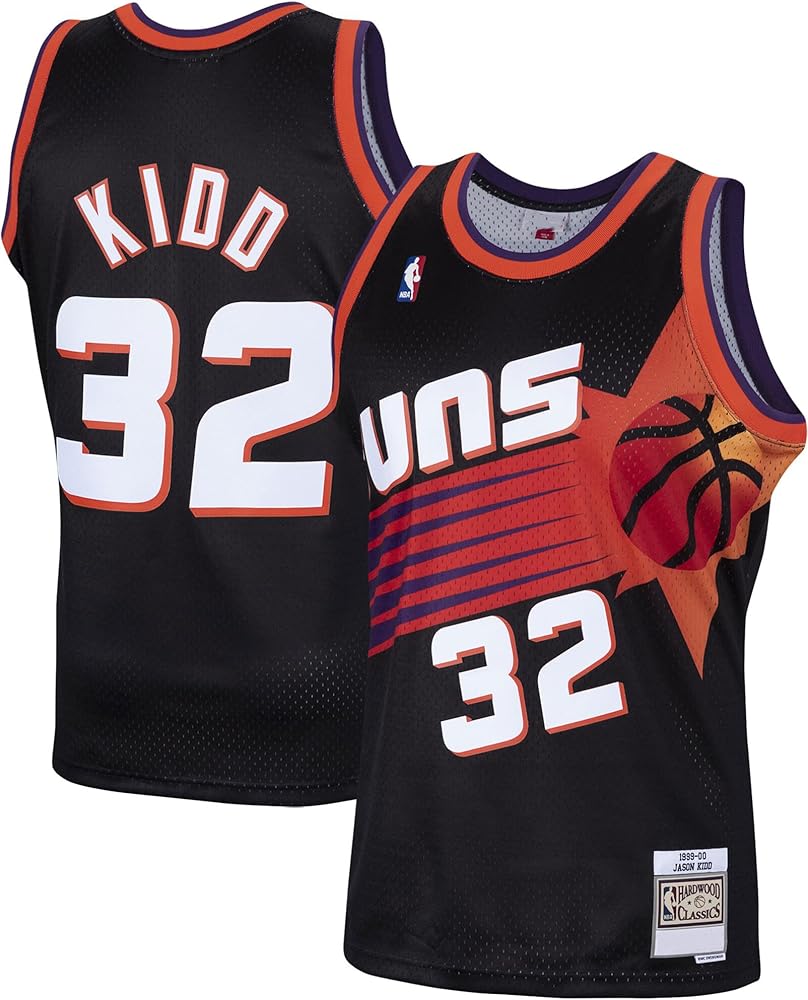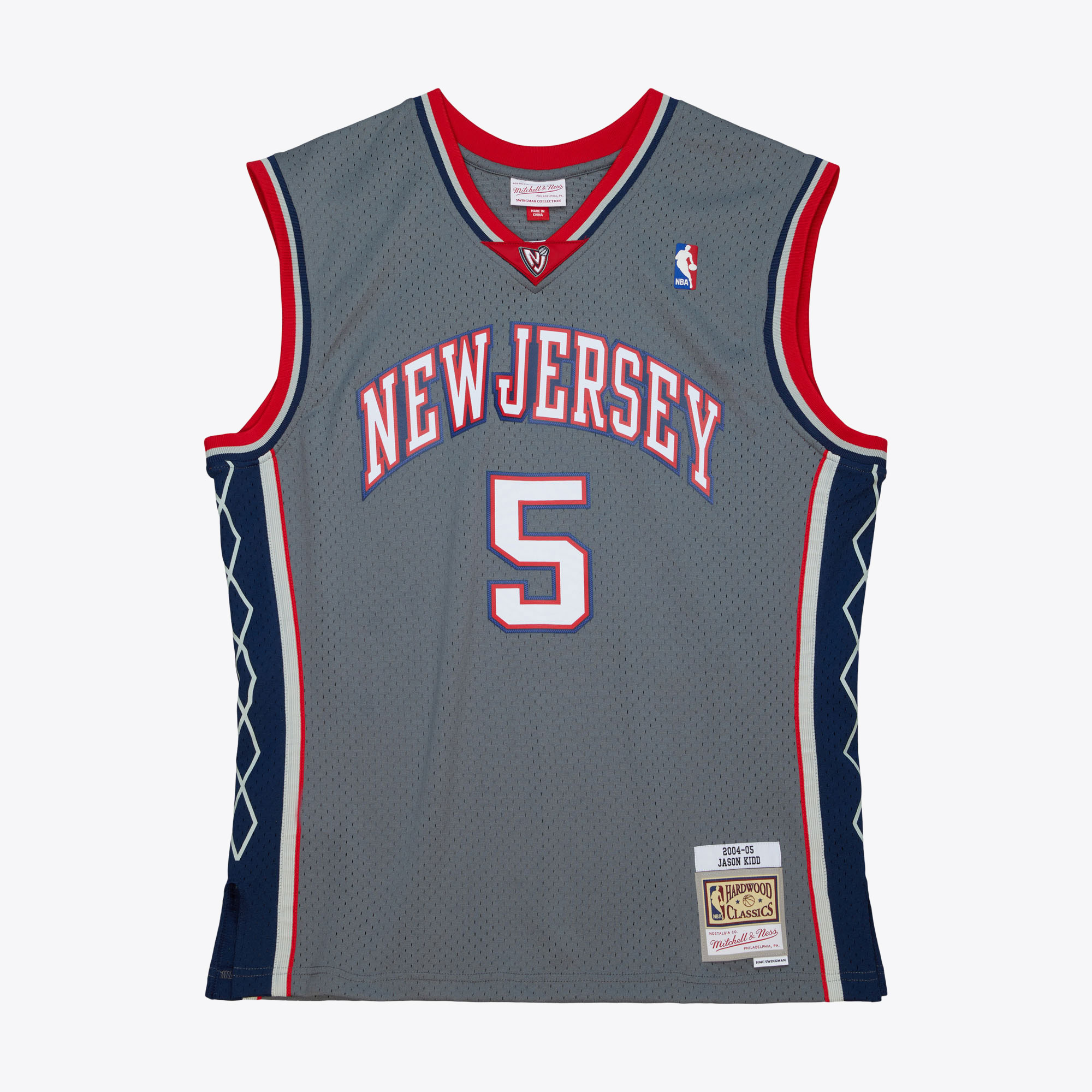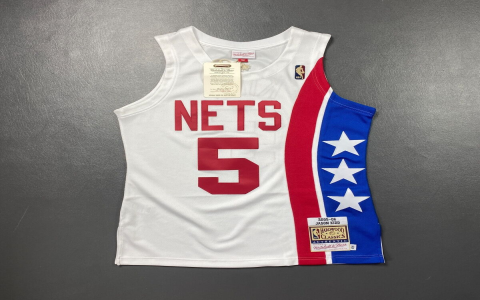Alright, so today I messed around with a little project involving Jersey and JSON, specifically trying to get them to play nice together. It’s something I’ve dabbled in before, but I wanted to really nail down a solid, repeatable process. So, here’s how it went down.

Setting Up the Project
First things first, I created a new Maven project. I like using Maven because it just handles all the dependency stuff for me, which is a huge time-saver. I added the necessary Jersey dependencies. I’m talking about the `jersey-server`, `jersey-container-servlet`, and the crucial one for this project, `jersey-media-json-jackson`. This last one is what lets Jersey handle JSON using the Jackson library. You gotta make sure you’ve got compatible versions, or things can get messy.
Creating the Resource
Next, I created a simple resource class. This is basically where you define the endpoints of your API. I made a simple class, let’s call it `MyResource`, and annotated it with `@Path(“/myresource”)`. This means that this class will handle requests that come to the “/myresource” path.
Inside this class, I created a method to handle GET requests. I annotated this method with `@GET` and `@Produces(*_JSON)`. The `@Produces` annotation is super important because it tells Jersey that this method will return JSON data.
The POJO (Plain Old Java Object)
Okay, so now I needed something to actually return as JSON. I created a super simple class, let’s call it `MyData`. It just has a couple of fields, like a `name` (String) and an `id` (int). Nothing fancy, just something to demonstrate the JSON serialization.
Putting It All Together
Back in my `MyResource` class, inside the GET method, I created an instance of `MyData`, set some values for the `name` and `id`, and then simply returned it. That’s it! Jersey, with the help of Jackson, automatically takes that `MyData` object and converts it into a JSON string.

Running and Testing
To run this, I deployed it to a servlet container (I usually use Tomcat, it is easy). Once it was up and running, I opened my browser (or you can use a tool like Postman, which is awesome for testing APIs) and navigated to the endpoint. In my case, it was something like `localhost:8080/mywebapp/myresource`. And there it was! My browser showed me the JSON representation of my `MyData` object. Sweet!
Troubleshooting (Because Things Always Go Wrong)
Of course, it wasn’t all smooth sailing the first time. I had to troubleshoot a bit:
- Dependency Conflicts: Make sure all the Jersey dependencies are playing nicely together. Sometimes, different versions can clash. Check the version.
- Missing Annotations: Double-check that you have all the necessary annotations (`@Path`, `@GET`, `@Produces`, etc.). It’s easy to miss one.
- Deployment Issues: Make sure your web application is deployed correctly to your servlet container. Check the logs for any errors.
- Jackson Problems: If you use Jackson, make sure that your POJO is correct, for example, check public.
It took a little bit of tweaking, but I eventually got it working. And that’s the whole process! It’s pretty straightforward once you get the hang of it. Now I can easily create REST APIs that return JSON data using Jersey. And it feels good to get things working after a good struggle.














